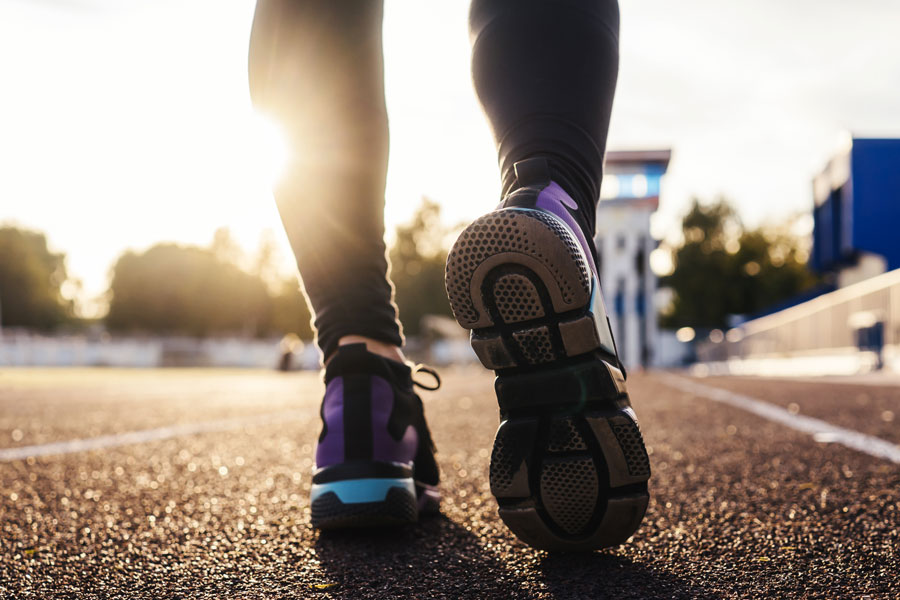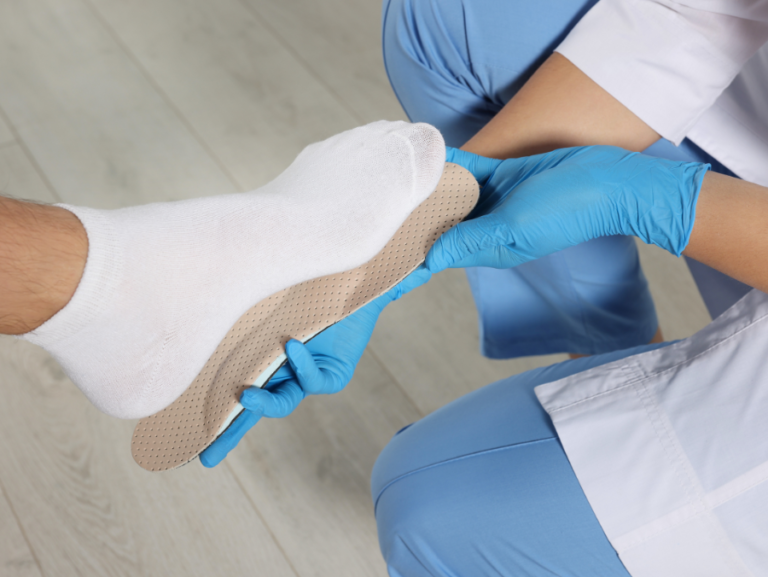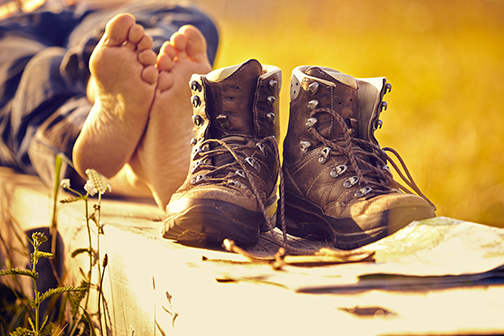Contrary to what the name might imply, athletes, are not just susceptible to athlete’s foot, also known as tinea pedis. When the tinea fungus spreads to the foot, it causes the most typical fungal skin illness.
TYPES OF ATHLETES FOOT
Depending on each person’s unique situation, the fungus’s symptoms may manifest differently. There are three different forms of athlete’s foot, though it typically manifests as an itchy rash on the bottom of the foot:
- Toe web infection: This condition, which affects the skin between the fourth and fifth toes, causes itchy, scaly, and ultimately cracked skin. The skin’s integrity can be compromised, and the problem can get worse if this illness happens concurrently with a bacterial infection.
- Moccasin-type infection: A moccasin-type infection is characterized by thickening and cracking of the skin on the bottom of the foot, which causes discomfort. It typically affects the heel or ball of the foot. The toenails may thicken and turn yellow before they fall out as a result of this illness spreading to the toes. A distinct course of treatment is typically necessary for toenail infections caused by an athlete’s foot.
- Vesicular-type infection: A vesicular-type infection may start with fluid-filled blisters forming under the skin on the bottom of the foot. These blisters, however, can develop anywhere on the foot. This particular athlete’s foot infection can develop into a bacterial infection as well.
CAUSES
A fungus that develops on the foot is what causes an athlete’s foot. Your feet may provide the ideal environment for the growth of athlete’s foot fungus since it prefers warm, moist environments. The athlete’s foot frequently develops as a result of improperly fitted shoes that prevent adequate air circulation. Your risk of developing an athlete’s foot rises if you walk barefoot in moist environments like a locker room or a pool. As a result, the fungi can spread and continue to grow within your shoes from these locations, which are frequently where they first started to grow. Even if a person may not currently have any signs of the infection, an athlete’s foot can transmit from one person to another. Your chances of developing athlete’s foot again considerably rise once you’ve already had it.
TREATMENT
With the help of over-the-counter powders and lotions that can be acquired at a nearby drugstore, an athlete’s foot may often be treated and cured at home. One of our medical professionals at American Foot & Leg Specialists may need to provide additional care for more serious, chronic situations. In such circumstances, a tablet or topical medication that can be administered directly to the affected region or nearby areas may be provided to you.





